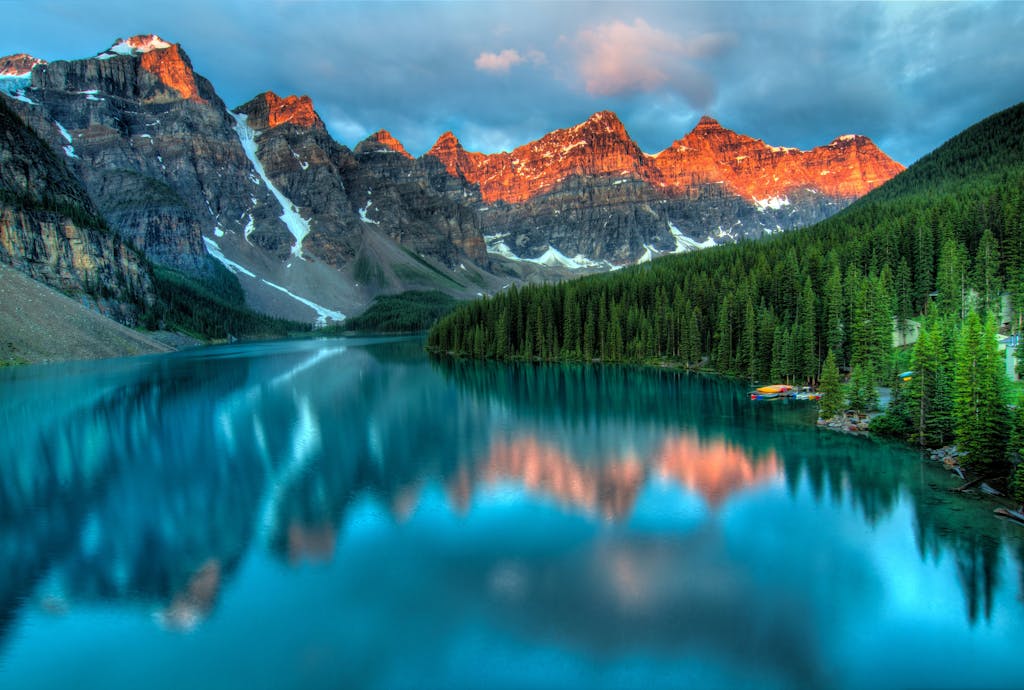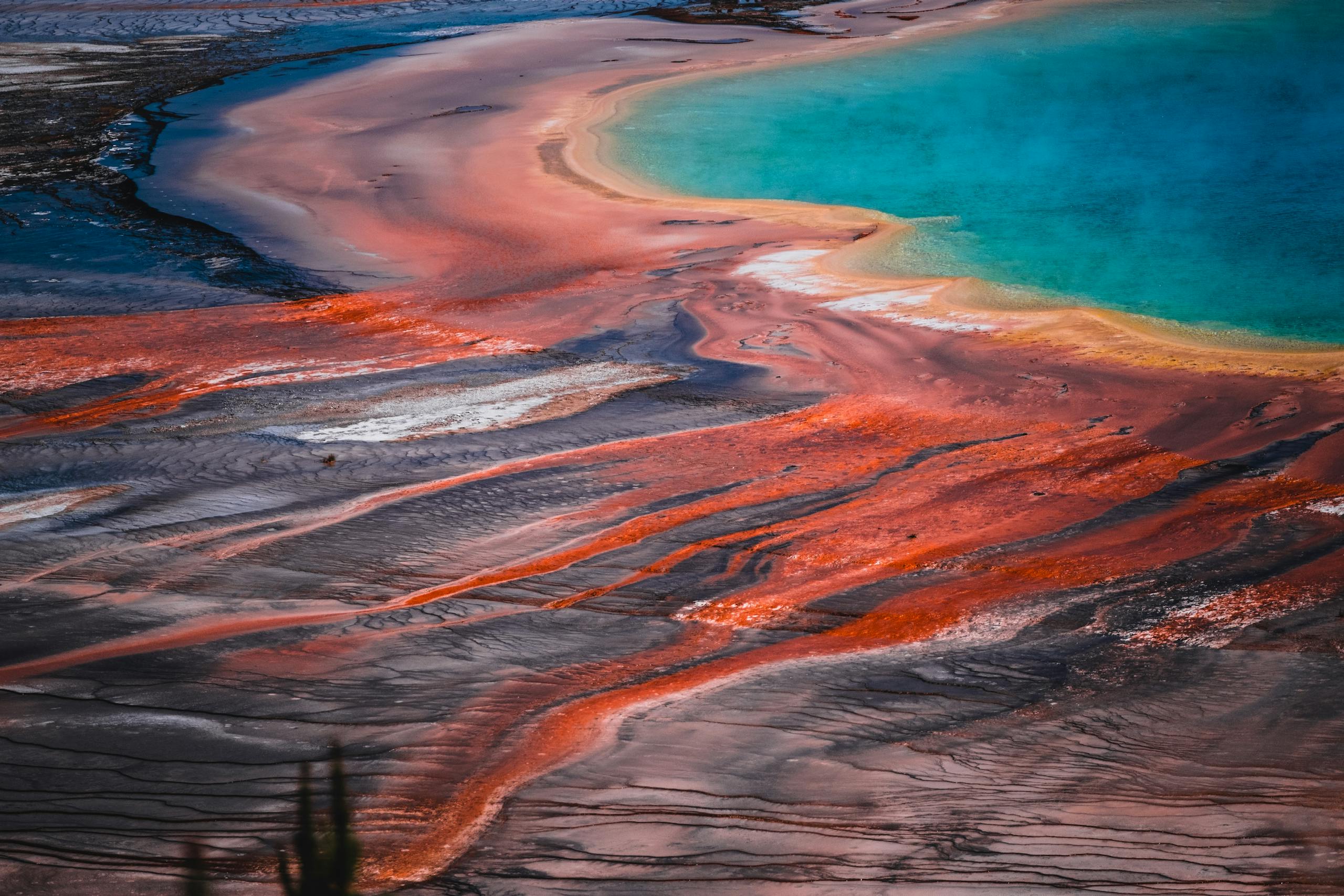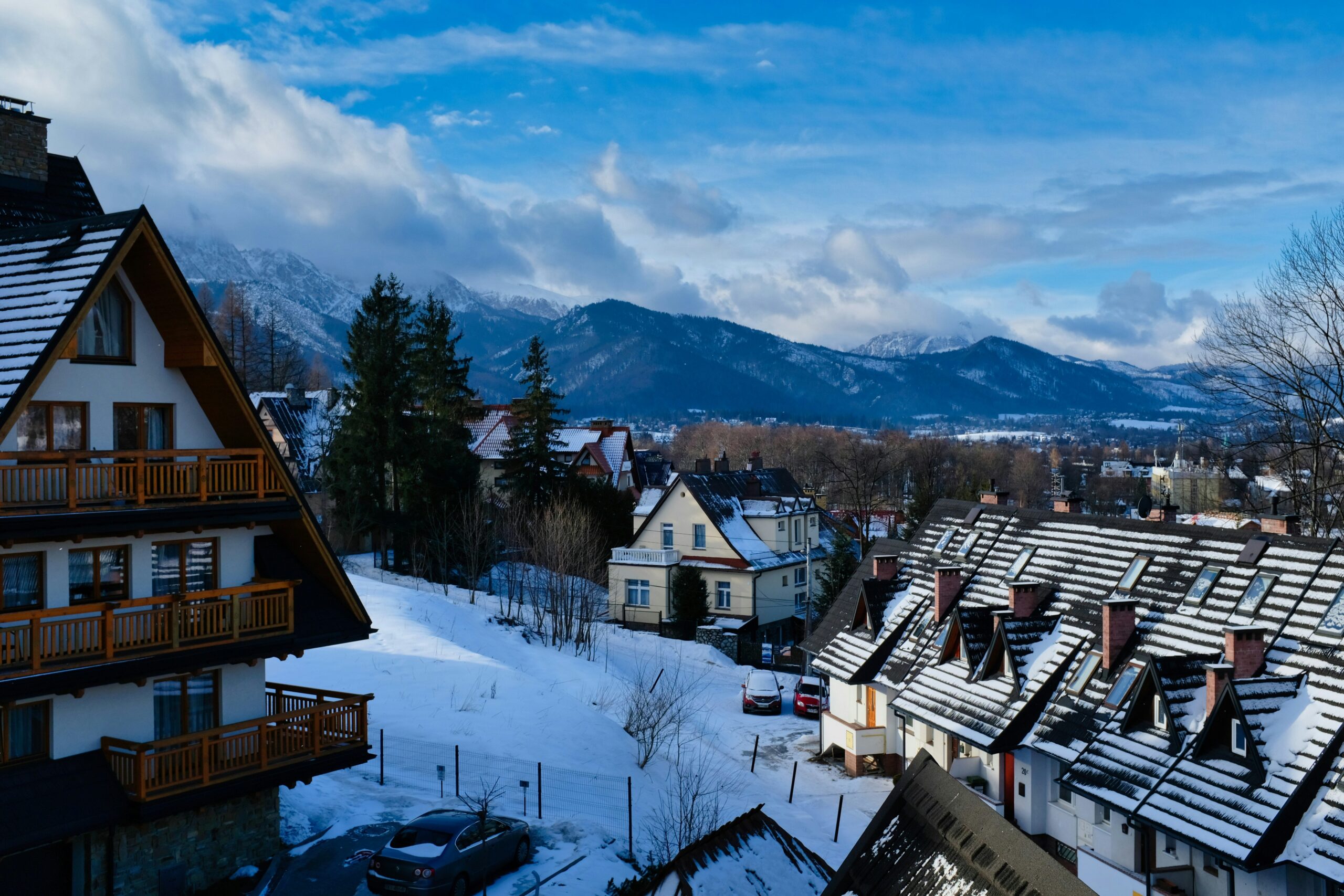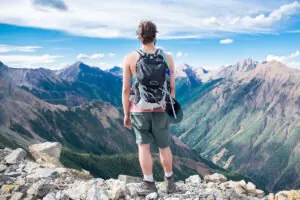Exploring Natural Wonders: National Parks and Conservation Areas
When it comes to experiencing the breathtaking beauty of our planet, few places compare to the National Parks and Conservation Areas that dot the globe. These protected regions are more than just tourist destinations; they are sanctuaries for wildlife, repositories of natural history, and gateways to some of the most stunning landscapes imaginable. From the towering peaks of the Rocky Mountains to the vast savannas of Africa, these areas offer unparalleled opportunities for exploration and adventure.
Whether you’re a seasoned traveler or someone just beginning to discover the joys of the great outdoors, understanding the value of National Parks and Conservation Areas is essential. These spaces not only preserve the beauty and biodiversity of our planet but also provide us with a chance to reconnect with nature, away from the hustle and bustle of everyday life. By visiting these parks, we contribute to their conservation, ensuring that future generations can enjoy these wonders just as we do today.
However, exploring National Parks and Conservation Areas requires more than just a sense of adventure; it also involves planning, understanding the rules and regulations, and being aware of the costs associated with visiting these incredible places. In this post, we’ll take you on a journey through some of the most remarkable National Parks and Conservation Areas around the world, discussing what makes each one unique and what you need to know before you go.
The Allure of National Parks and Conservation Areas
Why Visit National Parks and Conservation Areas?
National Parks and Conservation Areas are more than just beautiful landscapes; they are vital ecosystems that support a diverse range of wildlife and plant species. These areas are often protected by national governments or international organizations to preserve their natural state and prevent human activities from causing irreversible damage. For visitors, these parks offer a chance to see nature at its most pristine, from roaring waterfalls and ancient forests to majestic mountains and serene lakes.
One of the primary reasons to visit National Parks and Conservation Areas is to experience the natural beauty that these regions offer. Whether you’re hiking through the rugged terrain of Yosemite National Park or exploring the coral reefs of the Great Barrier Reef Marine Park, these areas provide a glimpse into the world as it was before human intervention. They are places where you can truly disconnect from modern life and immerse yourself in the wonders of nature.
Moreover, these parks are also biodiversity hotspots, home to countless species of flora and fauna. Wildlife enthusiasts can observe animals in their natural habitats, from the grizzly bears of Yellowstone to the elephants of Kruger National Park. Birdwatchers, in particular, will find these areas to be a paradise, with numerous species of birds that can be seen nowhere else in the world.
The Importance of Conservation
The role of National Parks and Conservation Areas in environmental conservation cannot be overstated. These regions serve as natural laboratories where scientists study ecosystems, monitor climate change, and work to protect endangered species. The preservation of these areas is critical to maintaining biodiversity, which in turn supports the health of the planet.
Visiting these parks helps to fund conservation efforts, as entrance fees and donations often go directly towards maintaining the park and protecting the wildlife that calls it home. In this way, tourists play a crucial role in the ongoing efforts to preserve these natural wonders for future generations.
Must-Visit National Parks and Conservation Areas
Yellowstone National Park, USA
As the world’s first national park, Yellowstone National Park holds a special place in the history of conservation. Located primarily in Wyoming but extending into Montana and Idaho, Yellowstone is famous for its geothermal features, including the iconic Old Faithful geyser. The park’s vast landscapes, ranging from lush forests to rugged mountains, are home to a wide variety of wildlife, including bison, elk, and grizzly bears.
Entrance fees to Yellowstone are $35 per vehicle, $30 per motorcycle, and $20 per individual on foot or bicycle. These fees grant access for seven days, giving visitors ample time to explore the park’s 2.2 million acres.
Kruger National Park, South Africa
Kruger National Park is one of Africa’s largest and most famous conservation areas. Spanning nearly 20,000 square kilometers, Kruger is home to the Big Five: lions, leopards, rhinoceros, elephants, and Cape buffalo. The park offers a range of accommodations, from basic campsites to luxury lodges, making it accessible to all types of travelers.
Entrance fees for international visitors are approximately $25 per adult and $12 per child per day, with discounted rates for South African residents. Kruger’s extensive road network allows for both self-drive safaris and guided tours, providing numerous opportunities to observe wildlife in their natural habitat.
Banff National Park, Canada
Nestled in the Canadian Rockies, Banff National Park is known for its stunning alpine scenery, crystal-clear lakes, and abundant wildlife. The park’s most famous feature, Lake Louise, attracts visitors from around the world with its turquoise waters and surrounding mountain peaks. In addition to hiking and wildlife viewing, Banff offers activities such as skiing, canoeing, and hot springs.
Entrance fees to Banff are CAD $10.50 per adult per day, with family/group passes available for CAD $21.00. Annual passes, known as Discovery Passes, are also available, offering unlimited access to all Canadian national parks for a year.
Great Barrier Reef Marine Park, Australia
The Great Barrier Reef Marine Park is one of the most unique National Parks and Conservation Areas in the world. This UNESCO World Heritage site is the largest coral reef system on the planet, stretching over 2,300 kilometers along the coast of Queensland, Australia. The reef is home to an extraordinary diversity of marine life, including more than 1,500 species of fish, 400 types of coral, and numerous species of sharks, rays, and sea turtles.
Visitors to the Great Barrier Reef can explore the underwater world through snorkeling, scuba diving, and glass-bottom boat tours. Entrance fees to the Marine Park vary depending on the tour operator, but most excursions include a reef tax of around AUD $6.50 per person per day.
Torres del Paine National Park, Chile
Torres del Paine National Park in Chilean Patagonia is renowned for its dramatic landscapes, featuring towering granite peaks, turquoise lakes, and vast glaciers. The park is a haven for hikers, offering some of the most scenic trekking routes in the world, including the famous W Trek. Wildlife in the park includes guanacos, foxes, and the elusive puma.
Entrance fees to Torres del Paine are CLP $25,000 for international visitors during the high season (October to April) and CLP $18,000 during the low season. The park offers a range of accommodations, from campsites to luxury lodges, catering to all types of travelers.
Galápagos National Park, Ecuador
The Galápagos National Park is one of the most biodiverse regions on the planet, offering visitors a chance to see wildlife found nowhere else on Earth. Located off the coast of Ecuador, the Galápagos Islands are home to unique species such as giant tortoises, marine iguanas, and blue-footed boobies. The park is a UNESCO World Heritage site and plays a critical role in global conservation efforts.
Visitors to the Galápagos must pay an entrance fee of $100 per person, which goes towards conservation efforts. The park strictly regulates the number of visitors and activities allowed, ensuring that the fragile ecosystems remain protected.
Serengeti National Park, Tanzania
Serengeti National Park in Tanzania is one of the most famous wildlife reserves in the world, known for its annual migration of over 1.5 million wildebeest and hundreds of thousands of zebras and gazelles. The park’s vast plains are also home to large populations of predators, including lions, leopards, and cheetahs.
Entrance fees to the Serengeti are $60 per adult per day, with additional fees for vehicles and camping. The park offers a range of accommodation options, from basic campsites to luxury lodges, allowing visitors to experience the Serengeti in a way that suits their preferences.
Plitvice Lakes National Park, Croatia
Plitvice Lakes National Park is a stunning natural wonder located in Croatia. Known for its cascading waterfalls, crystal-clear lakes, and lush forests, Plitvice is a UNESCO World Heritage site and one of the most popular tourist destinations in the country. The park’s 16 terraced lakes are connected by a series of waterfalls and are surrounded by walking trails and wooden bridges, offering visitors a chance to explore this unique landscape up close.
Entrance fees to Plitvice Lakes vary depending on the season, ranging from €10 to €40 per adult. The park also offers discounted rates for children, students, and groups.

Making the Most of Your Visit
Planning Your Trip
Visiting National Parks and Conservation Areas requires careful planning to ensure that you make the most of your experience. Start by researching the best times to visit, as weather conditions and wildlife activity can vary greatly depending on the season. Many parks also have limited accommodations, so booking your stay well in advance is recommended.
Consider what activities you want to do during your visit, such as hiking, wildlife watching, or simply enjoying the scenery. Some parks offer guided tours that provide in-depth knowledge about the area’s natural history, while others may require you to explore on your own.
For a more detailed guide to planning your trip, visit this resource on visiting national parks.
Understanding Park Regulations
Each National Park and Conservation Area has its own set of rules and regulations designed to protect the environment and ensure the safety of visitors. Familiarize yourself with these rules before you go, as violations can result in fines or even being banned from the park.
Common regulations include staying on designated trails, not feeding wildlife, and carrying out all trash.
Many parks also have specific guidelines for wildlife observation, such as maintaining a safe distance from animals and avoiding loud noises that could disturb them. By following these rules, you can help protect the park’s ecosystems and ensure that future visitors can enjoy the same experiences.
Supporting Conservation Efforts
Visiting National Parks and Conservation Areas is not just about enjoying nature; it’s also about contributing to the ongoing efforts to preserve these incredible places. Consider donating to park conservation funds, participating in volunteer programs, or simply spreading awareness about the importance of protecting these areas.
Your visit can make a difference, helping to ensure that these natural wonders remain for future generations to enjoy. Learn more about how you can get involved by visiting this resource on supporting conservation.
Final Thoughts: Embracing the Beauty of National Parks and Conservation Areas
Exploring National Parks and Conservation Areas offers an unparalleled opportunity to connect with nature, witness the wonders of the natural world, and contribute to the preservation of our planet’s most precious ecosystems. Whether you’re scaling the heights of the Rocky Mountains, diving into the depths of the Great Barrier Reef, or observing the majestic wildlife of the Serengeti, these parks provide experiences that are both awe-inspiring and humbling.
As you plan your next adventure, consider the impact of your visit and how you can support the ongoing conservation efforts that make these experiences possible. By respecting the environment, following park regulations, and contributing to conservation initiatives, you can ensure that these natural wonders continue to thrive for generations to come.













